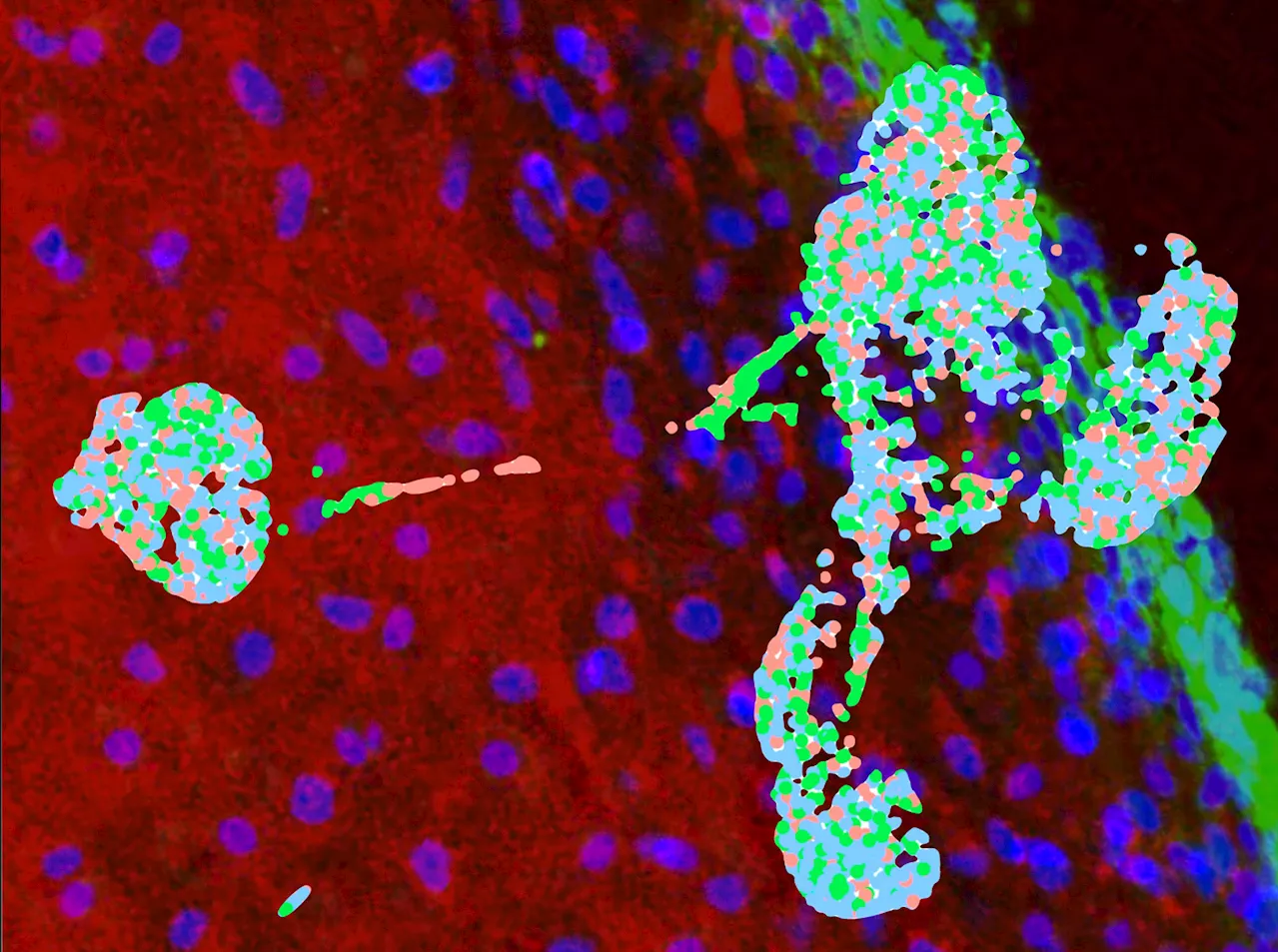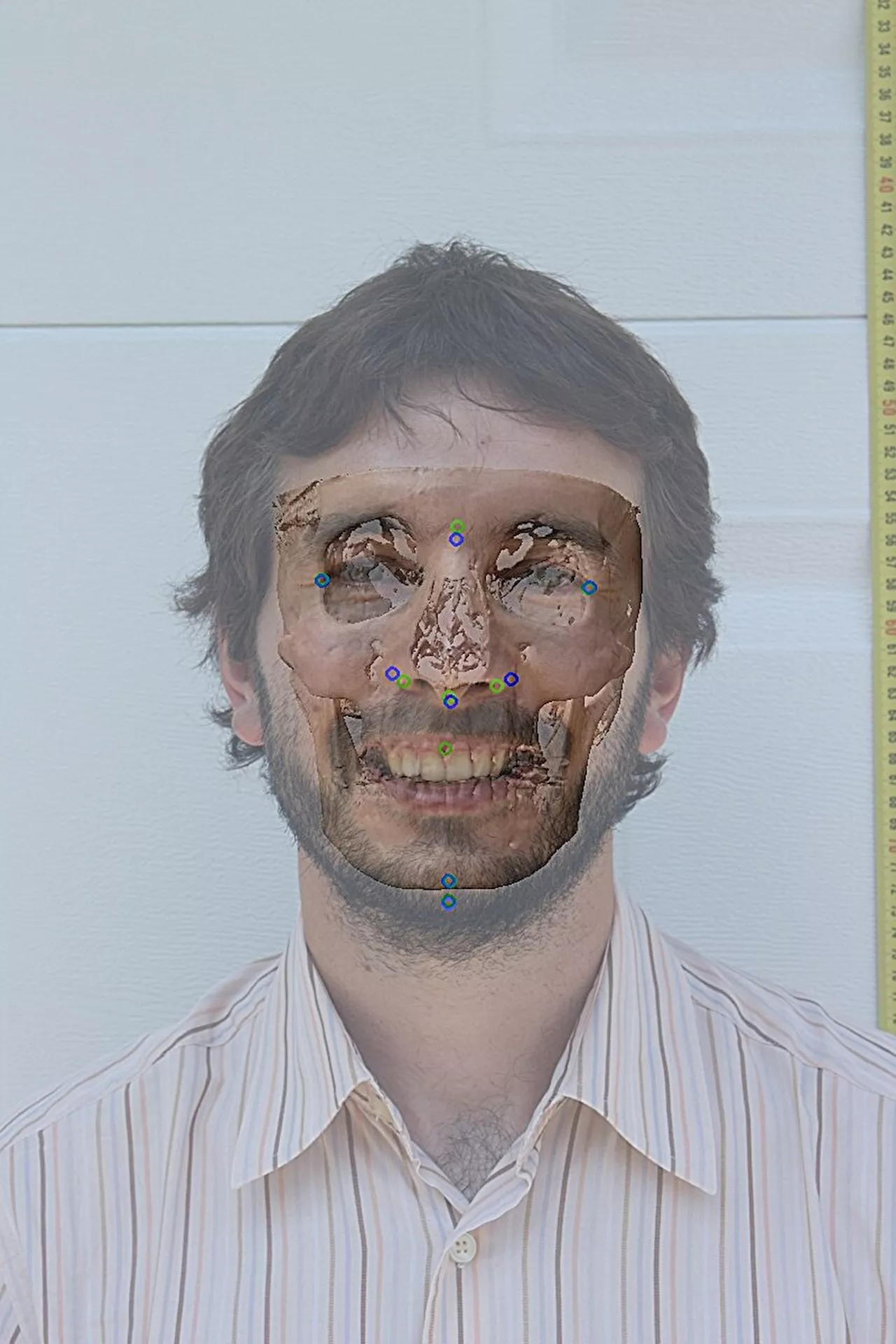Researchers have published a new study in Information Fusion that demonstrates an improvement in the identification of human remains using craniofacial superimposition, making decision-making by forensic experts much more objective.
Researchers propose improvement in identification of human remains using craniofacial superimposition retrieved 18 July 2024 from https://phys.org/news/2024-07-identification-human-craniofacial-superimposition.html
This document is subject to copyright. Apart from any fair dealing for the purpose of private study or research, no part may be reproduced without the written permission. The content is provided for information purposes only.15 hours ago Use this form if you have come across a typo, inaccuracy or would like to send an edit request for the content on this page. For general inquiries, please use ourThank you for taking time to provide your feedback to the editors.
Your feedback is important to us. However, we do not guarantee individual replies due to the high volume of messages.to let the recipient know who sent the email. Neither your address nor the recipient's address will be used for any other purpose. The information you enter will appear in your e-mail message and is not retained by Phys.org in any form.Get weekly and/or daily updates delivered to your inbox.
Physics News Science News Technology News Physics Materials Nanotech Technology Science
United States Latest News, United States Headlines
Similar News:You can also read news stories similar to this one that we have collected from other news sources.
 Researchers find potential new method to control plasma density in fusion reactorsIn the realm of fusion research, the control of plasma density, temperature, and heating is crucial for enhancing reactor performance. Effective confinement of plasma particles and heat, especially maintaining high density and temperature at the core where fusion occurs, is essential.
Researchers find potential new method to control plasma density in fusion reactorsIn the realm of fusion research, the control of plasma density, temperature, and heating is crucial for enhancing reactor performance. Effective confinement of plasma particles and heat, especially maintaining high density and temperature at the core where fusion occurs, is essential.
Read more »
 Using supercomputer researchers discover new clues to improving fusion confinementNuclear fusion—when two nuclei combine to form a new nucleus, thereby releasing energy—may be the clean, reliable, limitless power source of the future. But first, scientists must learn how to control its production.
Using supercomputer researchers discover new clues to improving fusion confinementNuclear fusion—when two nuclei combine to form a new nucleus, thereby releasing energy—may be the clean, reliable, limitless power source of the future. But first, scientists must learn how to control its production.
Read more »
 Researchers directly simulate the fusion of oxygen and carbon nucleiThe fusion of two nuclei is a complex process influenced by many factors. These factors include not only the relative energy and angular momentum of the two nuclei, but also how their structures evolve as they collide. The outcome of the collisions is dramatically impacted by the quantum nature of the nuclei.
Researchers directly simulate the fusion of oxygen and carbon nucleiThe fusion of two nuclei is a complex process influenced by many factors. These factors include not only the relative energy and angular momentum of the two nuclei, but also how their structures evolve as they collide. The outcome of the collisions is dramatically impacted by the quantum nature of the nuclei.
Read more »
 Researchers develop RNA-targeting technology for precisely manipulating parts of human genesResearchers at the University of Toronto have harnessed a bacterial immune defense system, known as CRISPR, to efficiently and precisely control the process of RNA splicing.
Researchers develop RNA-targeting technology for precisely manipulating parts of human genesResearchers at the University of Toronto have harnessed a bacterial immune defense system, known as CRISPR, to efficiently and precisely control the process of RNA splicing.
Read more »
 Researchers develop RNA-targeting technology for precisely manipulating parts of human genesResearchers have harnessed a bacterial immune defense system, known as CRISPR, to efficiently and precisely control the process of RNA splicing. The technology opens the door to new applications, including systematically interrogating the functions of parts of genes and correcting splicing deficiencies that underlie numerous diseases and disorders.
Researchers develop RNA-targeting technology for precisely manipulating parts of human genesResearchers have harnessed a bacterial immune defense system, known as CRISPR, to efficiently and precisely control the process of RNA splicing. The technology opens the door to new applications, including systematically interrogating the functions of parts of genes and correcting splicing deficiencies that underlie numerous diseases and disorders.
Read more »
 Researchers Discover New Way To Generate Human CartilageScience, Space and Technology News 2024
Researchers Discover New Way To Generate Human CartilageScience, Space and Technology News 2024
Read more »
